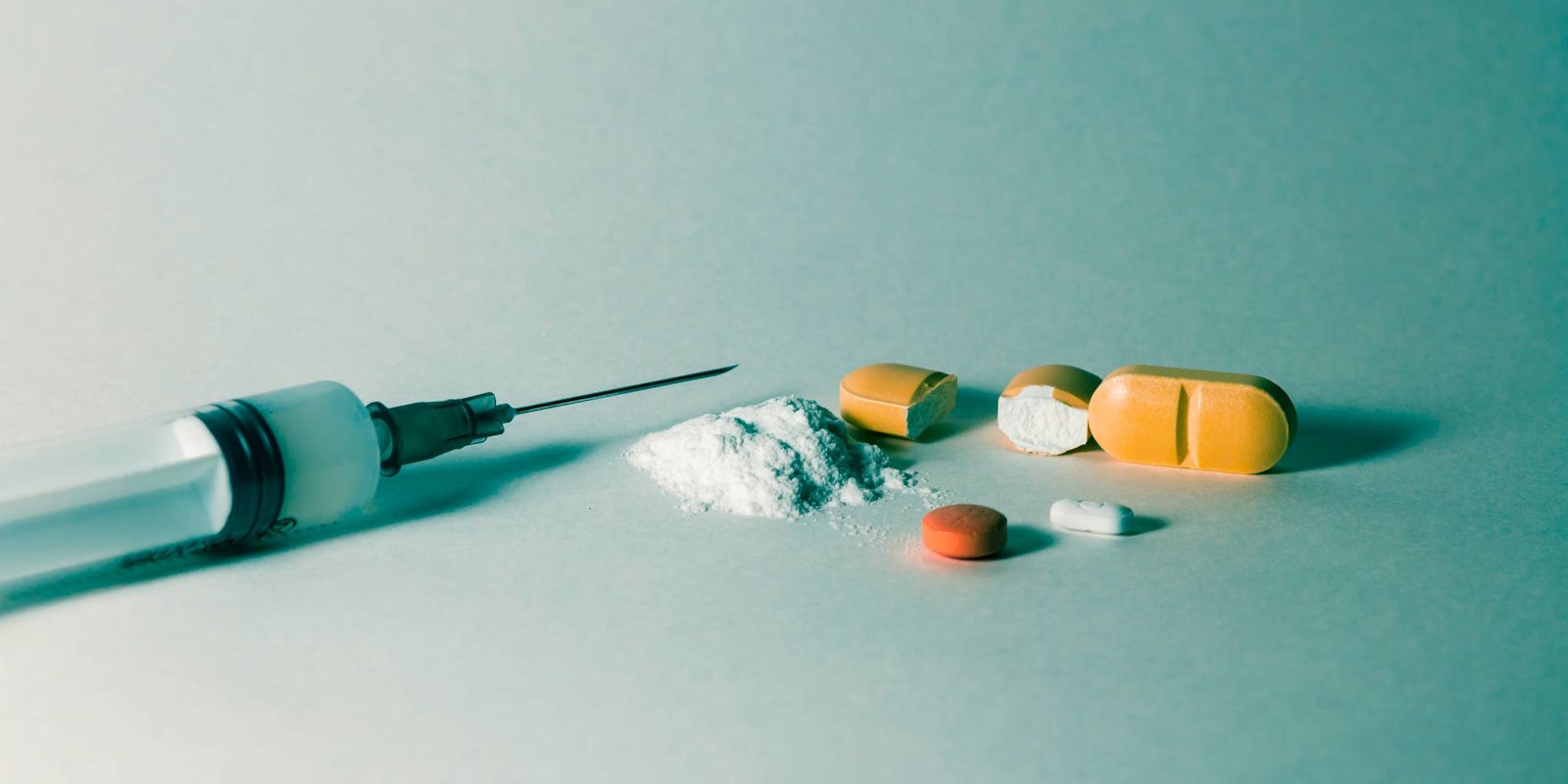Opinion
Yesterday, TIME magazine shared a painful video of an 8-year-old boy being told his mother had just died of a suspected heroin overdose. The video was taken by the boy’s father, Brenden Bickerstaff-Clark, who also posted it to his Facebook page. He wrote that he recorded the moment “so addicts with children can see the seriousness of our epidemic,” and notes that he is a recovering addict himself.
Bickerstaff-Clark’s video is the most recent of a spate of viral videos and photos depicting graphic addiction and overdoses, with the stated intention to educate the public on drug abuse. Earlier this month, a video posted to Facebook Live by bystander Courtland Garner showed a couple lying unconscious on a sidewalk after reportedly snorting heroin. In September, East Liverpool, Ohio police posted graphic images of a couple overdosed in their car, with a small child in the backseat. The police department highlighted in its post that “the poison known as heroin has taken a strong grip on many communities, not just ours—the difference is we are willing to fight this problem until it’s gone.”
But for all the good intentions claimed by these videographers and Facebook posters, others are saying these images are something else: tragedy porn.
TIME faced backlash for its story on Bickerstaff-Clark, with many saying that further sharing the video was at best in poor taste, and at worst dangerous and exploitative, especially for the child who just lost his mother.
Watch as a news outlet uses a child’s anguish and everlasting trauma for clicks https://t.co/EE5PMAjppR
— Olivia Nuzzi (@Olivianuzzi) October 17, 2016
#2. Why is a child grieving for their mother a social media spectacle. Why would his father elect to record that?
— Papa Fuerte (@TheMikeTre) October 17, 2016
You’re click-baiting for the worst moment in this child’s life? What the hell is wrong with you? https://t.co/4d71QSlicK
— Ben Howe (@BenHowe) October 17, 2016
No child should be filmed hearing this.
— Justin Taylor (@between2worlds) October 17, 2016
No news organization should publicize it.
No reader should click through.
We are a sick culture. https://t.co/rRyEjB1c67
Each time, there has been justification for posting these images. Garner defended taking the video by saying someone else should have been there to take care of the couple who passed out on the sidewalk. The Ohio police said, “It is time that the non drug using public sees what we are now dealing with on a daily basis.” And many publications, including the Daily Dot, have shared these videos and images out of a combination of desire to show the horrors of addiction and cashing in on its virality.
This isn’t to say that there isn’t an opioid epidemic in the U.S. that needs the public’s attention. According to the National Institute on Drug Abuse, there were “2.1 million people in the United States suffering from substance use disorders related to prescription opioid pain relievers in 2012 and an estimated 467,000 addicted to heroin.” The rate of fatal heroin overdoses tripled between 2010 and 2013. In order to curb the epidemic, the DEA has recently announced plans to cut the supply of many Schedule II opioids in 2017, and the CDC has discouraged doctors from prescribing opioids.
Opioid abuse is especially on the rise among white people, which is probably a big reason why the epidemic is getting such attention. Nearly every viral video has featured white people, with its shareability masquerading as a PSA. The idea is that the general public does not know what addiction “looks” like, and if they were to see how bad it is, they’d be shocked into action. But it’s unclear what that action should be. Talk to their kids about drugs? Lobby Congress to ban opiates? Give the police more money to get junkies off the street?
What it does instead is place a divide between addicts and non-addicts. Those videos may inspire some people to get clean, or scare them off from trying heroin completely. But addiction is more complicated than “just don’t do it,” and those who have a history of or connection to addiction will see themselves as objects of ridicule and scorn, while those who don’t can feel relief from a comfortable distance.
These videos may show the worst possible outcome of opiate abuse, but they don’t do anything to curb the epidemic. They don’t provide resources for addicts to seek treatment. They don’t say where to find Narcan or access to clean needles. They purport to raise sympathy, but often, all they do is point fingers at those who are “screwed up.”
Bickerstaff-Clark’s video has over 100,000 comments, ranging from sympathetic to judgmental. In another post, Bickerstaff-Clark defended the video. “This is what’s hot on Facebook right now… WHY!!?? BECAUSE IT’S SAVING LIVES IN THIS EPIDEMIC!!!,” he wrote. “I’VE GOTTEN HUNDREDS OF NUMEROUS MESSAGES SAYING HOW MY VIDEO SAVED THEIR LIVES AND GAVE THEM A NEW PERSPECTIVE ON ADDICTION.”
That’s certainly good news. But at what cost?


